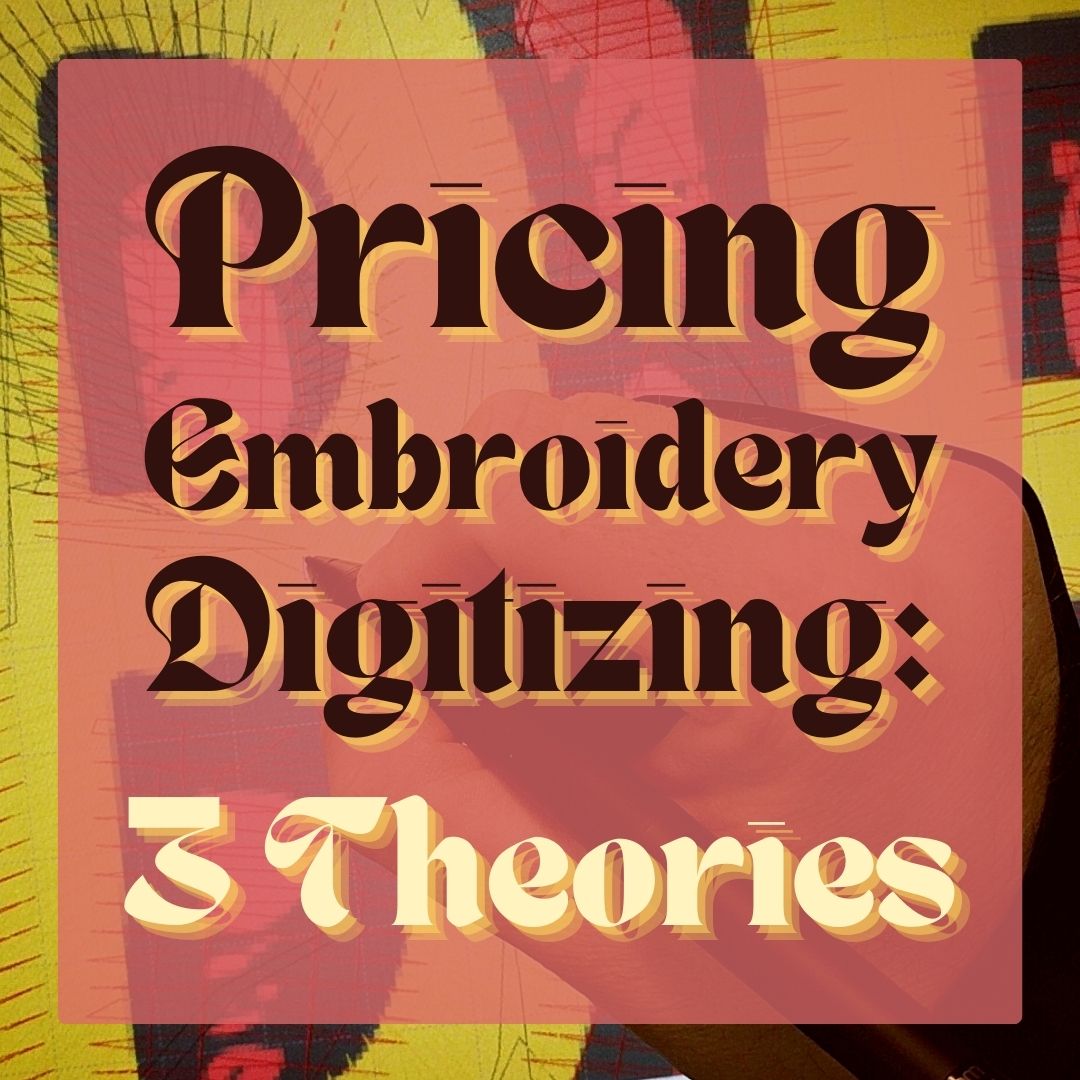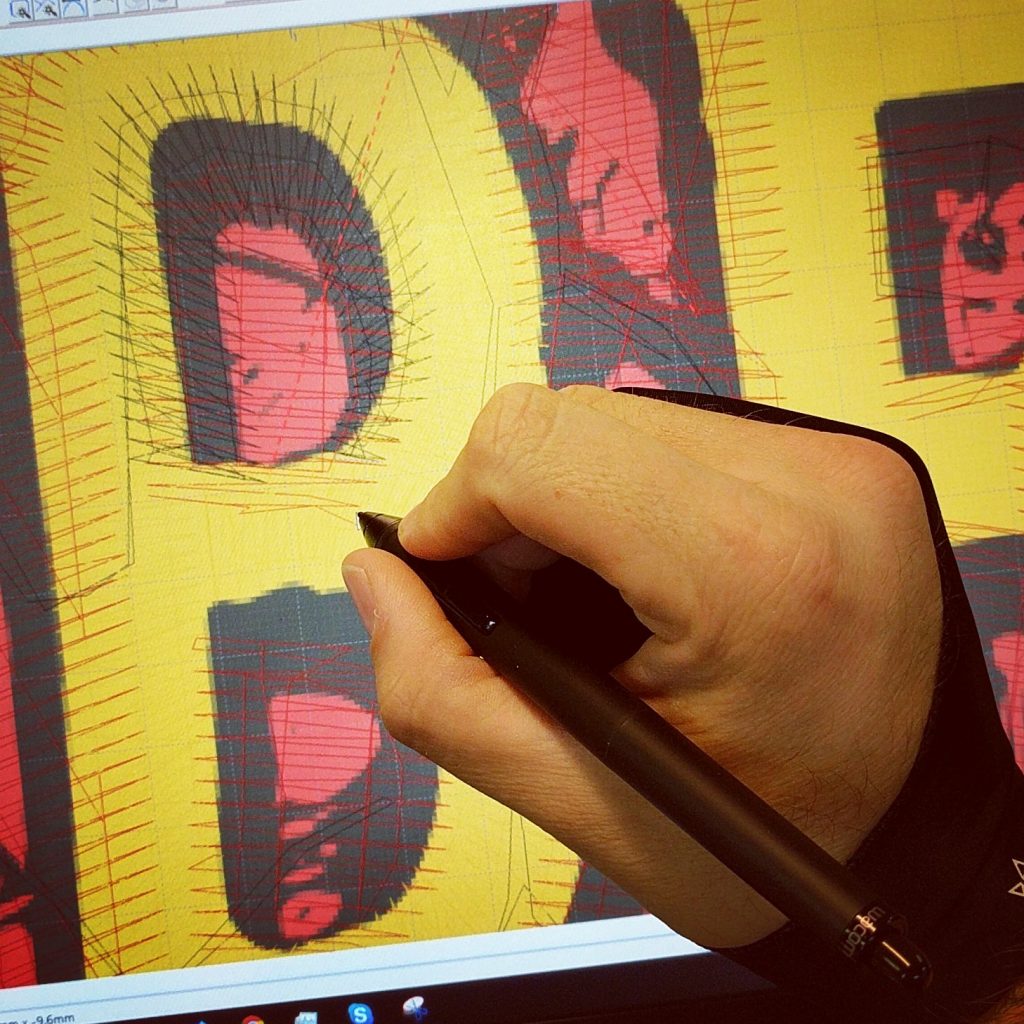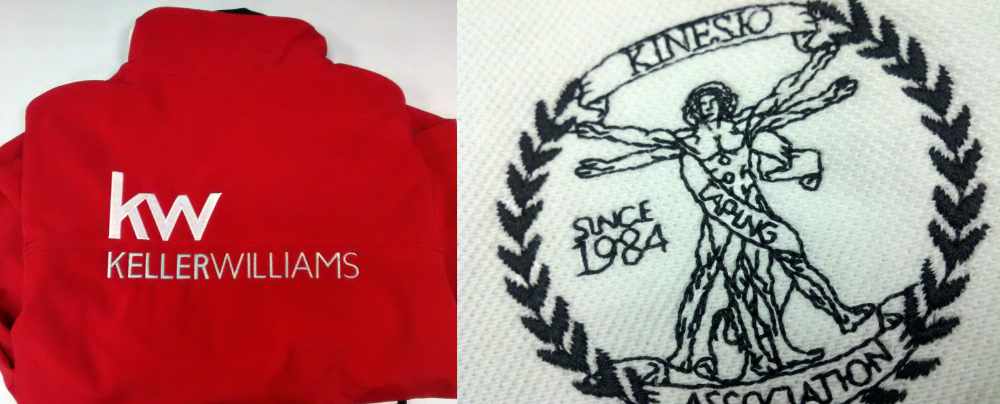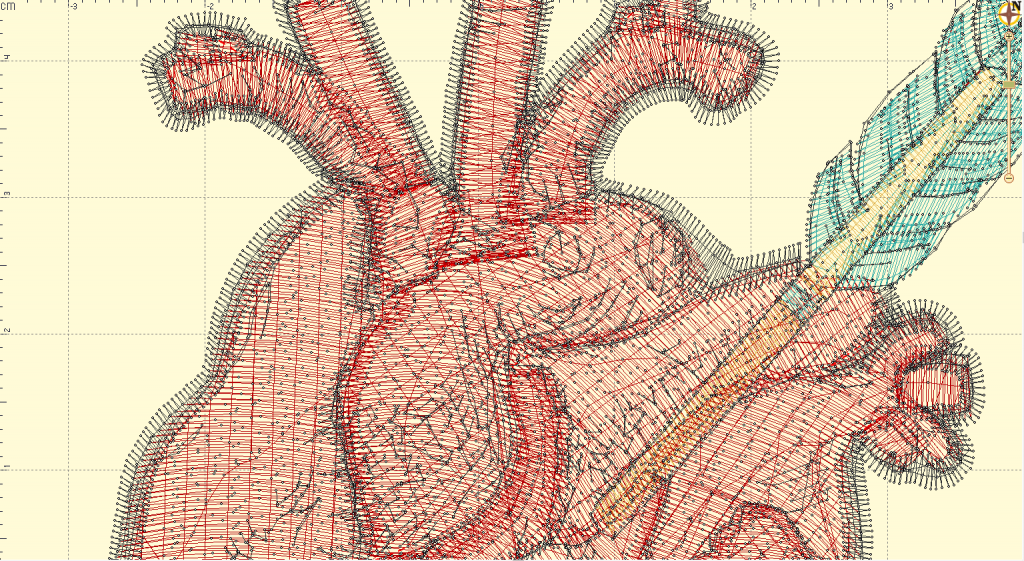
I’ve seen a recent increase in embroidery shops wanting to be more self-reliant. This extends to everything from supplies and garments to services. This reliance spread to digitizing, leaving my introductory digitizing classes increasingly well-attended. Adding in-house digitizing to any embroidery department brings the inevitable question of pricing. In this post, I’ll answer these new digitizers’ pricing query, leaving how you communicate fees aside for now. We’ll start with how digitizers I’ve known set their prices and why.

Question: I’m an embroiderer just getting into digitizing. I don’t know how to charge for it, or why the digitizers I’ve used calculated their prices differently. Some charge by stitch count, some have a flat rate, and some charge an hourly rate; is there some secret to why they differ or what I should do?

Answer:
There’s no consensus among digitizers about how to charge for work. What struck me was a general tendency among experienced digitizers I know to transition from a per-thousand method to essentially charging for their time, whether they specifically quoted an hourly rate or used the complexity of a design to explain the quoted price.
Few of my experienced digitizer friends charge flat rates, but many embroiderers charge such for digitizing as part of each decorating job. Truthfully, there are advantages and drawbacks to each method; Only you can decide what makes the most sense for your business and your clientele. I’ll outline some pros and cons of the three main methods I’ve identified and explain one slightly different method I appreciate. Let’s get into the potential answers to the complicated question of pricing embroidery digitizing.
Stitch Count
Stitch Count pricing allows sufficiently experienced embroiderers with a knack for estimating counts to quickly determine rough cost when quoting. Moreover, with the advent of auto-digitizing reliant stitch-count estimators, a rough ballpark count no longer requires us to do it manually. We can use automation rather than the grid-based method of estimating coverage areas. No longer will you count linear inches of satin stitch, letters count, and squares of fill. While this method creates a quantifiable way to set pricing, the drawback is that digitizer effort can be wildly disjointed from price.
Large, simple shapes take little time to digitize, but have a high stitch count. Detailed small pieces of single-color work may have a low stitch count and be very time-consuming for the digitizer. In either case, the embroiderer or the digitizer ends up over-extended on the design. They give more value, either in money or effort, than they receive. Thus, this method hinges on an overall fair price / cost established over many designs of varying complexity for the embroiderer and digitizer to arrive at a fair average.

Flat Rate
It has the advantage of leaving absolutely no guesswork for the embroiderer. It’s often chosen by shops with in-house digitizers to make pricing more understandable to end customers. They have little knowledge of what it takes to create an embroidered piece, and have a hard time understanding our rationale for pricing. Flat rate quells concerns that stitch counts or complexity are too arbitrary and variable on a job-to-job basis. Unfortunately, flat-rate relies heavily on the long-term averages to create fair pricing. More often than not, the flat rate will have to take this into account. Thus, it costs somewhat more for decorators than any of the ‘calculated’ pricing methods in an attempt to prevent a run of detailed designs from diminishing digitizing profit.
Complexity
The third is the hourly, complexity-based method. Its advantage is clear- it is the most likely to provide fair pricing for any single job. Simple designs of any size are similarly inexpensive for decorators, while complicated designs of all sizes are priced to cover the digitizer’s time. Even so, decorators may dislike the fact that they can’t quote designs easily and may need to wait on the judgment of the digitizer. Also, complexity pricing may vary greatly between digitizers, depending on their speed of execution, perception of difficulty, and hourly valuation. Though per-digitizer rates vary no matter the pricing method, the others maintain superior ease of quoting.

A Hybrid Approach
Having evaluated these methods, I see the benefit of a hybrid flat-rate and complexity-based pricing model. I’d establish a minimum price for all designs, no matter how simple, and increase prices based on complexity. Though that might seem less fair than purely complexity-based methods, there‘s a fixed base amount of service required by every design. Whether designs are minuscule or magnificently detailed, I take time for consultation, create sample graphics, and provide color selections, files, and final samples. Moreover, I maintain on-site and cloud-based backups, meaning that a customer’s digitized work remains available to them for the length of my career. Factoring that into my pricing ensures this high level of service and consideration for all designs without damaging profitability.
This Minimum + Complexity pricing method also enhances decorator quotability. The minimum level might be established to cover a simple left-chest design; the staple of most digitizing. Most designs would be easily quoted at flat rates and only detailed pieces need a digitizer to review them before quoting the end customer. Overall fairness in pricing, ease of quoting, and covering costs makes this a win-win situation.
The most important watchword here is value, no matter which method you choose for pricing embroidery digitizing. You must provide value to your customer through fair pricing and quality execution. If you can do that, you will become the favorite of decorators whether you count by thousands, hours, or designs. The trick is proving that they can count on you.
Erich, great article as always. Your explanations of each pricing method were easy to understand. I have a question regarding adding the time I take stitching out the design before saying it’s finished. I do my own digitizing, to be sure I don’t damage one of the customers garments I test stitch each design. Sometimes the detail of the design and the size of smaller letters will require that the design be modified for the embroidery to be accurate. Should I be charging for the time I take to stitch out the design and add that to the digitizing fee?








You provided a thorough approach, for me pricing is based on the potential number of goods sewn, design complexity & number of color changes. I will often softball the digitizing prices for 12 or more sewn pieces, or even comp the digitizing. Taking designs from Illustrator to Embrilliance is so easy for me, and there’s not much to it. More often than not the first sew-out requires very little adjustment. Thanks Erich!